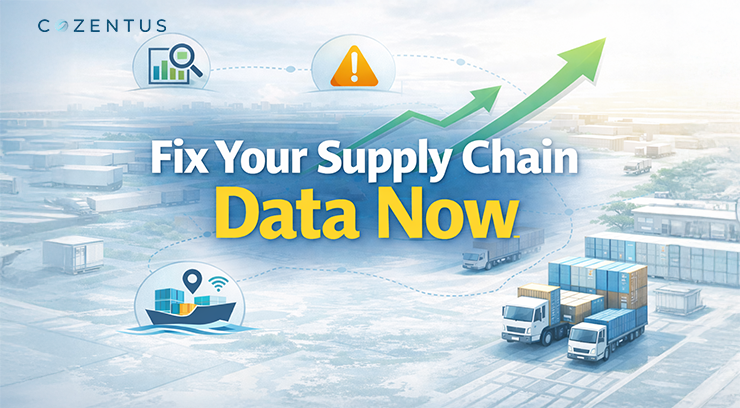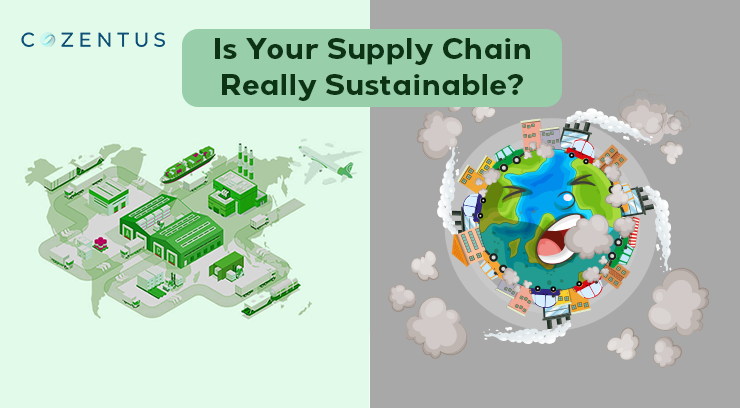There are several reasons why supply chain leaders are investing in innovative logistics technologies in 2022. One reason is that the current epidemic has emphasised supply networks' significance and resilience. Another cause is the emergence of new technology that may assist supply chain visibility solutions in being more flexible and responsive to changes in demand.
____________________________________________________________________________
Director/Editor's Note
Investing in new technology may help supply chains become more efficient and productive, leading to cost savings in the long run. Furthermore, new technologies may assist supply chains in being more sustainable by lowering emissions and waste.
____________________________________________________________________________
Let's look deeper.
Creating a more reliable real-time supply chain visibility
While the distance between totally manual operations and fully predictive may seem significant, numerous stepping stones along the way may improve your business's efficiency, accuracy, and cost savings.
So, what is preventing mainstream technological adoption?
According to a study from HERE, 31% of survey respondents stated the most challenging aspect of tech adoption was determining where to begin, and 39% said the most difficult part was locating suitable partners or suppliers. In other words, there is a lot of apprehension and uncertainty about digitalisation.
Here are five crucial aspects to consider throughout your digitalisation journey to assist bridge the knowledge gap.
Develop and implement a data-driven end-to-end supply chain planning and methodology.
You must develop a data-driven strategy and methodology before truly embracing a predictive supply chain. Furthermore, an honest skill appraisal is essential.
Do you have the data scientists and analysts on staff to study certain data sets?
Identify data gaps and silos
Make sure that you have a complete image. When it comes to data, it's critical to understand what's happening inside your operations and what you have or don't have access to. Connecting your assets combines and then normalises data sets from many stakeholders.
Is there any lack of transparency?
Is your data complete, and is it usable?
Consider the enormous technological stack
Some ready-made supply chain visibility solutions and applications can integrate into your broader technology stack. There are ready-made solutions that may be the plug-and-play answers you are searching for, whether the issue areas include visibility, ETA accuracy, driver onboarding and safety, warehouse optimisation, and middle and last-mile efficiency.
Execution of tests
The business portion you're trying to improve will strongly affect new solution testing. You or your company may test first, middle, or last-mile delivery like this:
Use sample data to model concepts (tours, spending, etc.) against finished phrases to determine optimization possibilities.
Converting order management system work data to ensure completeness.
Application
Using the same fleet example, it is how the implementation process will look when testing is completed:
- Determine the locations of the depot and the fleet.
- Sign up drivers and dispatchers for easy-to-use tools (e.g., app, navigation)
- To import job data
- To optimise and send tours.
- Complete tours using the driver app's assistance and delivery confirmation.
- Review completed tours using the analytics dashboard.
Numerous aspects might help businesses as they address these challenges:
Operations must be adaptable and robust enough to respond to changes in trade flows, new laws, the effect of COVID-19, climate change, trade conflicts, and other geopolitical developments in real-time supply chain visibility.
- Technology should use successfully to minimise operational costs, provide visibility, and diversify how client demands are handled.
- It is critical to be able to adapt to digital operations and produce actionable changes from data.
- Fleet management and supply chain networks must adapt to changing client demands.
- To de-risk the supply chain, collaboration and supplier alliances, as well as ongoing risk management, are all required.
Companies should build a trusted network of consumers, supply chain partners, and suppliers to reduce rigidity in handling disruptions and improve business continuity. Facilitating cross-functional integration and collaboration with its supplier ecosystem may help the organisation forecast, adapt, and prepare for the unexpected.
Bottom Line
Cozentus' advanced supply chain visibility solutions & software make supply chain solutions simple for you. They make things easier and allow you to optimise and control your whole supply chain from a single location. It helps you to have better inventory management, monitor shipments, and handle orders more effectively.
In today's business environment, having a well-managed and efficient supply chain is more vital than ever. You might be able to accomplish it using Cozentus' supply chain management software.
Recent Post
Subscribe to our newsletter
Stay updated on latest trends and news in the supply chain and logistics industry








